|
|
Кацусика Хокусай. Тридцать шесть видов Фудзи: № 17. Морской путь в Кадзусу冨嶽三十六景 上総の海路At Sea off Kazusa (Kazusa no kairo), from the series Thirty-six Views of Mount Fuji (Fugaku sanjūrokkei)Artist: Katsushika Hokusai (1760–1849)Period: Edo period (1615–1868)Date: ca. 1830–32
The deep blue hue of the water in the foreground of the print finds a visual counterpoint in the inky blue band that reaches across the horizon and sky. This repetition of color serves to flatten out the scene, bridging the distance between near and far. The mast and sails of the large junk create an interesting play of triangular forms that reflect and frame the form of Fuji in the distance. (metmuseum)
Two large sailing ships appear in the foreground. Hokusai must have closely scrutinized the actual scene and the ships, for he has depicted them in minute detail and with extraordinary thoroughness. The sails have caught the wind and are about to head out to the open sea. The curved line of the promontory extends to the left and continues as the curved horizon. It is not certain that Hokusai actually saw the curve in the horizon, but by his time, the theory that the earth is spherical had become common knowledge among the Japanese through Dutch contacts. Hokusai also observed that the color of the ocean changed in the distance from blue to green, and by this shift, he expresses the expansiveness of the open sea. Fuji appears at center, and small sails are seen to the left, on the horizon. Unlike prints of bays and rivers, in his seascape prints Hokusai depicts the open sea route that connected Edo and the Bösö Peninsula; the kind of ships depicted differ from those on rivers. During the Edo period, there were no ships solely for passengers on major seaways. Only pleasure boats and ferries, used on rivers, canals, and bays, exclusively served passengers. But seagoing cargo ships also took passengers. Constructed of fir or cedar, and designed for both sail and oars, cargo ships had one mast, a huge sail of burlap, and accommodated passengers beneath the upper deck in a large cabin. This seems to be the type of ship Hokusai depicts here. The key-block was printed in blue. (The Asian Art Museum of San Francisco, HOKUSAI AND HIROSHIGE – Great Japanese Prints from the James A. Michener Collection, Honolulu Academy of Arts: The Asian Art Museum of San Francisco, 1998 Page 84. Cat. 35)
Морской путь в Кадзусу
Известно, что Хокусай проявлял большой интерес к конструкциям кораблей и мостов. Он с любовью выписывал их мельчайшие детали. В книге «Повесть о Хидано Такуми» имеется упоминание о местности Кадзуса. В серии «Виды знаменитых мостов Японии» он также изобразил корабль большого размера.
В сборнике «Сто стихотворений ста поэтов» тоже фигурируют изображения кораблей. Если основываться на исследованиях господина Кикути Садао, Хокусай так изобразил оснастку крупного японского судна, что удивился бы даже специалист. В гравюре «Морской путь в Кадзусу» Хокусай еще больше усиливает контрастное сопоставление планов. Рыбацкая лодка, стремительно мчащаяся под полными парусами, параллельно плоскости листа, создает впечатление мощи и стремительности. Лишь позже различается треугольник, образованный парусом и натянутыми снастями, с вписанным в него маленьким конусом Фудзи. Здесь присутствует принцип диагонального построения пространства.
Katsushika Hokusai. At Sea off Kazusa, from the series Thirty-six Views of Mount Fuji
Все 46 гравюр серии «Тридцать шесть видов Фудзи» | Thirty-six Views of Mount Fuji | 富嶽三十六景 | Fugaku Sanjūrokkei
15 октября 2022, 21:52
0 комментариев
|
Партнёры
|
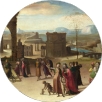
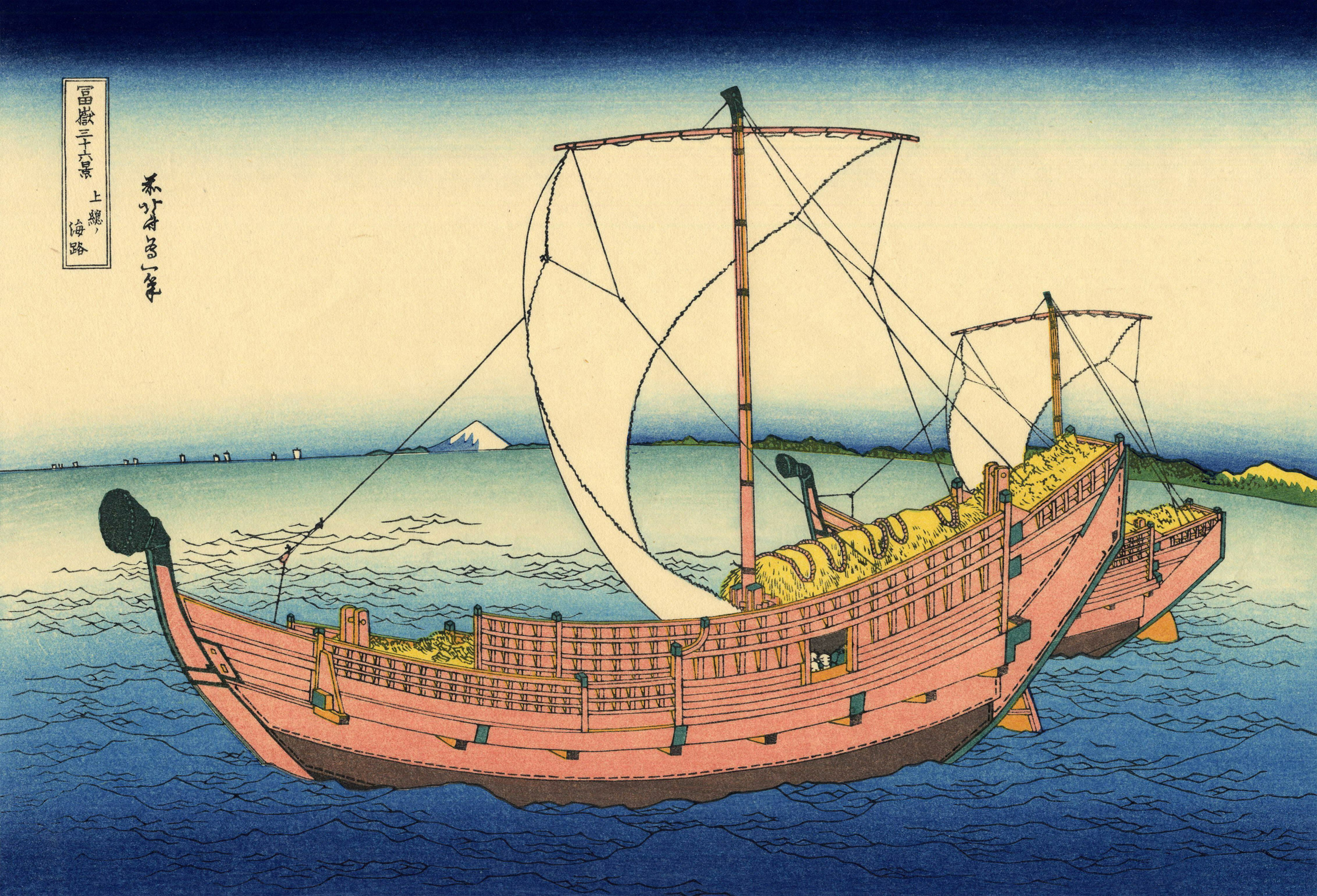

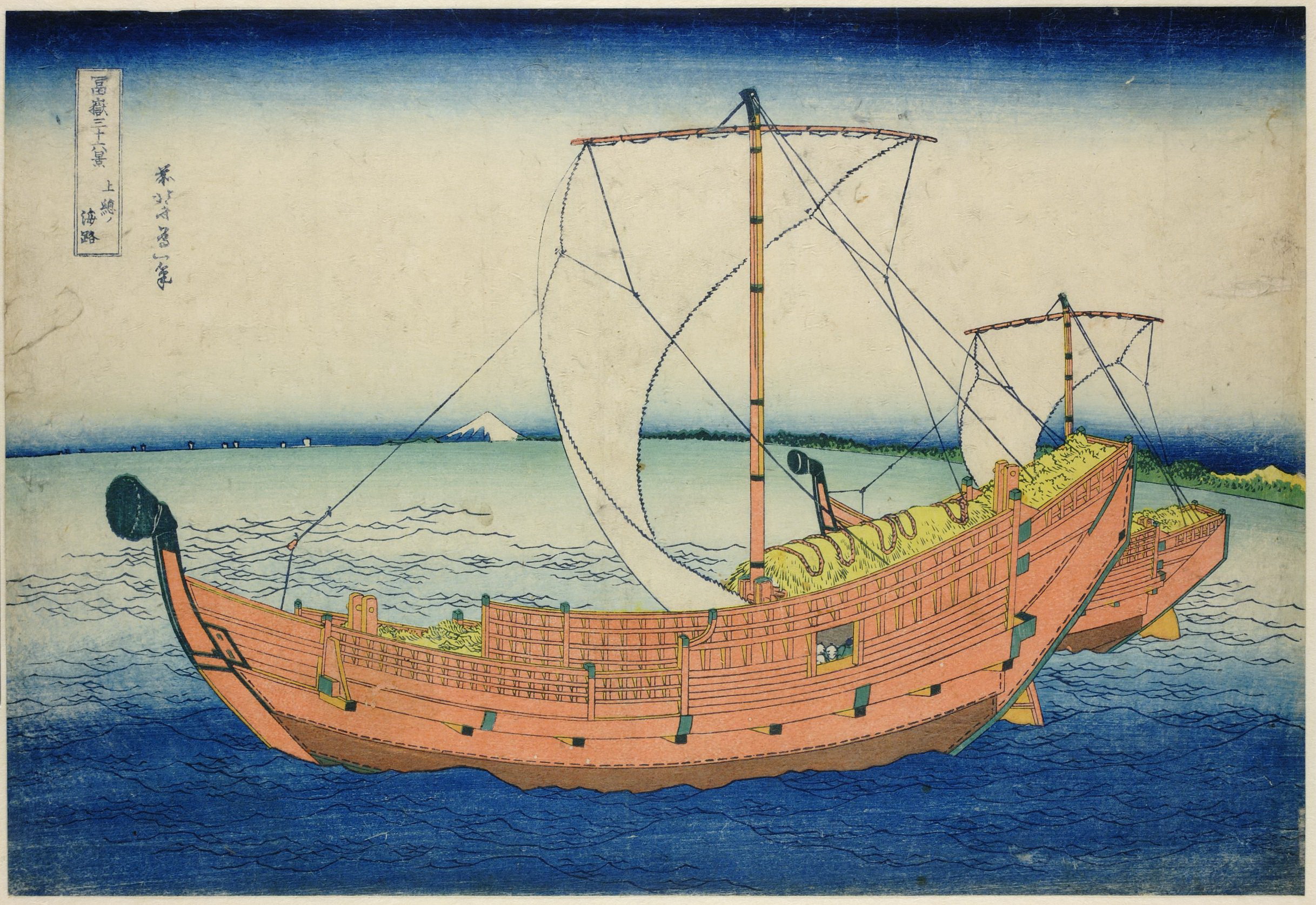

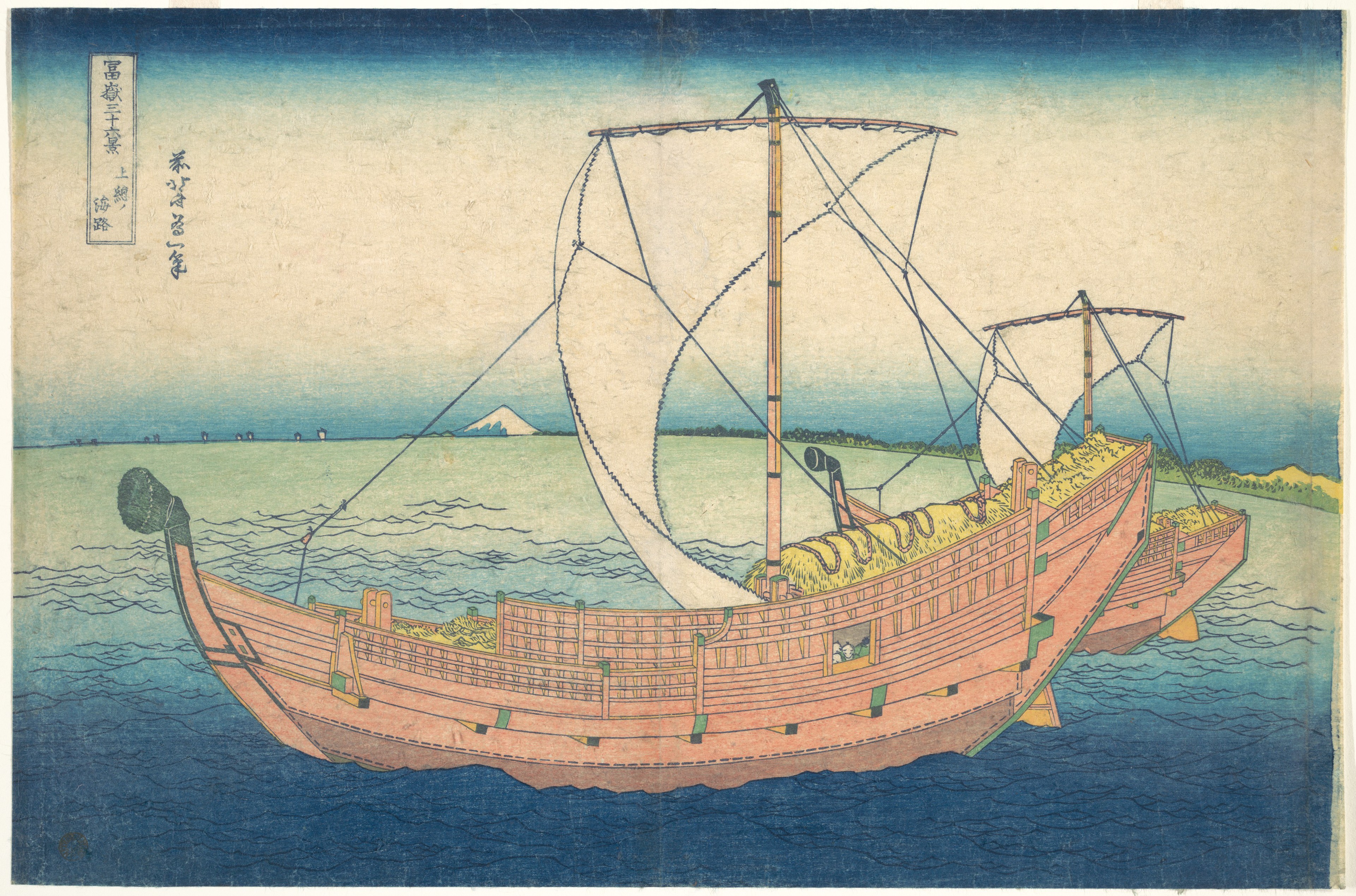
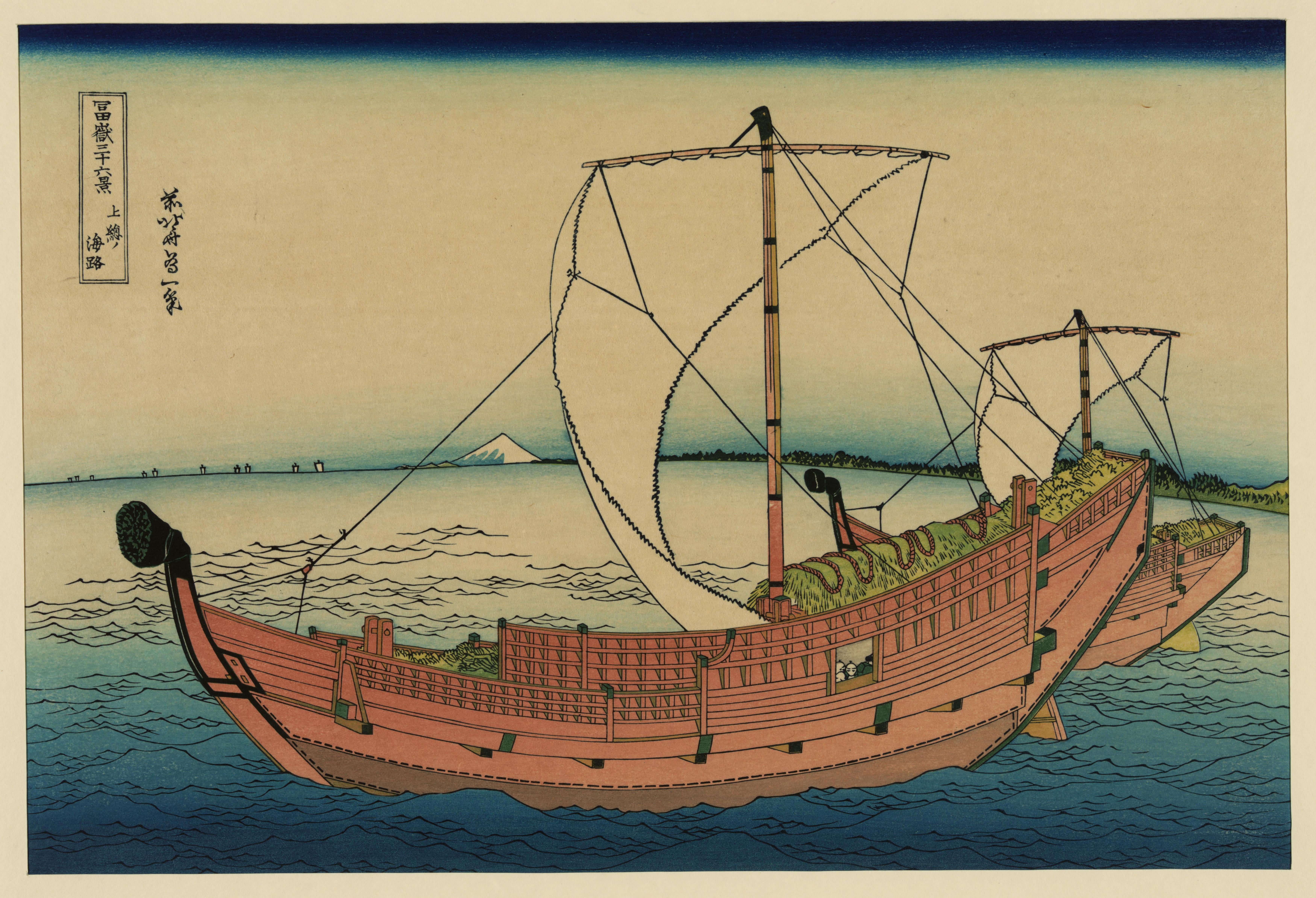
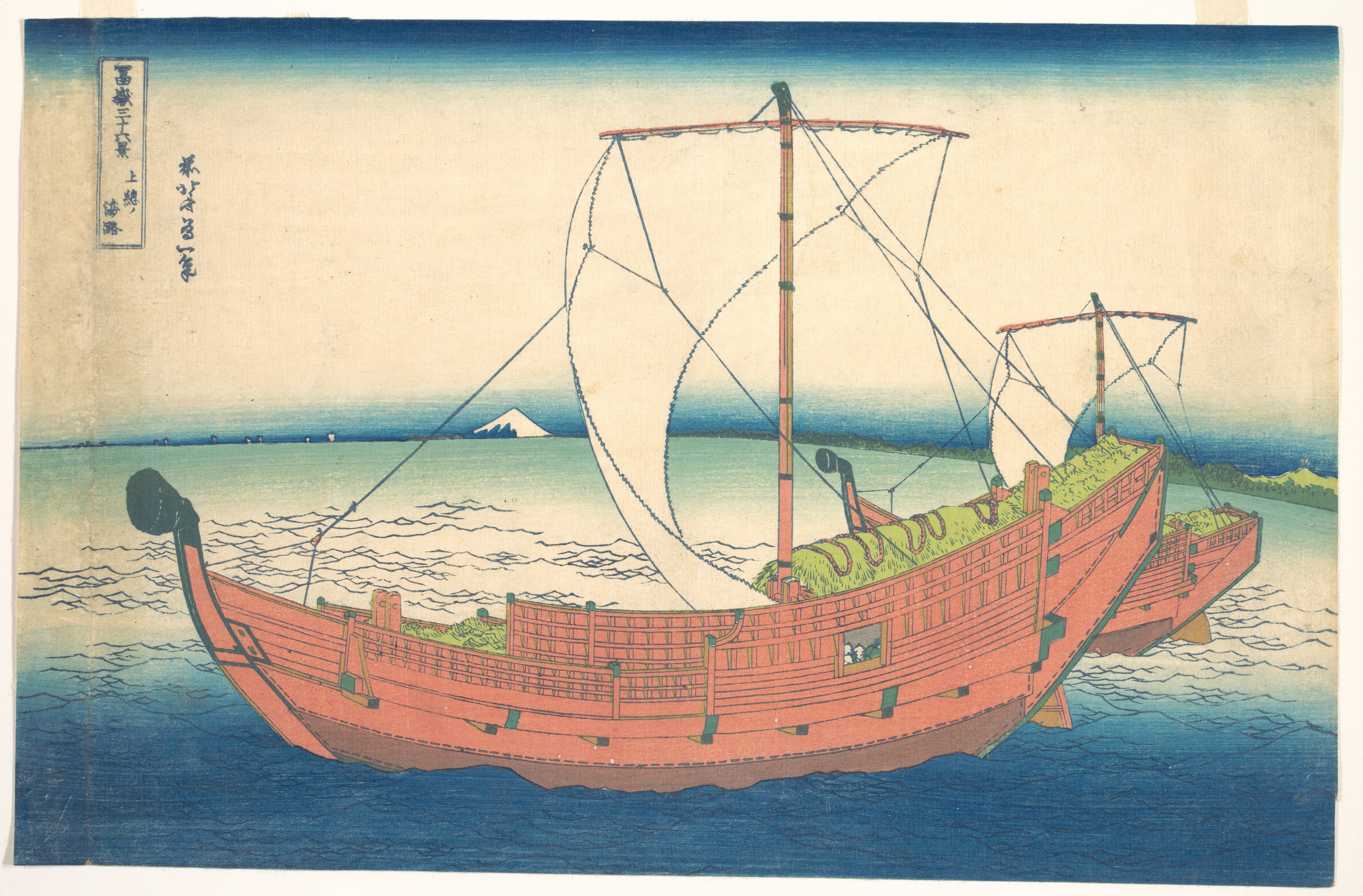
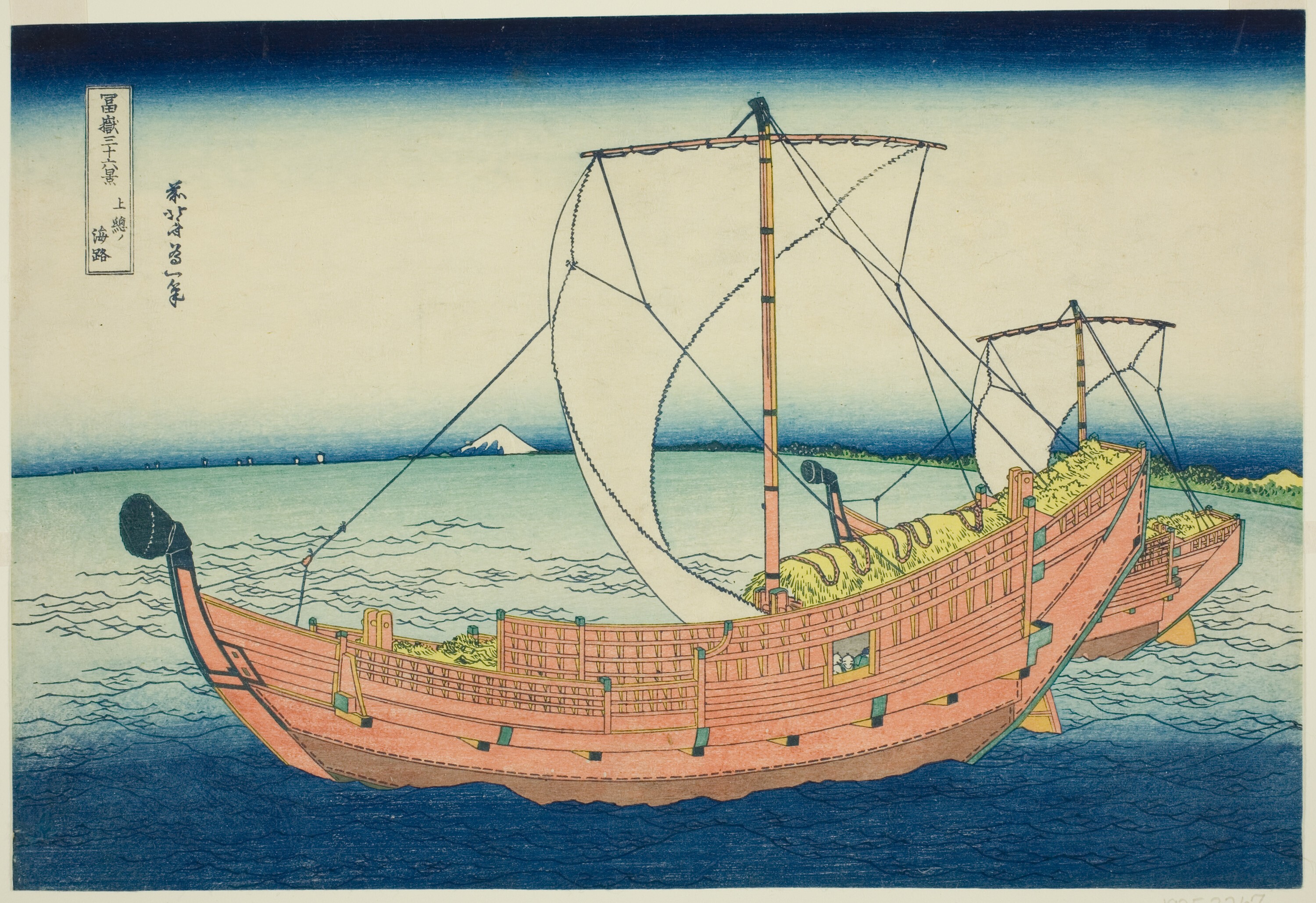
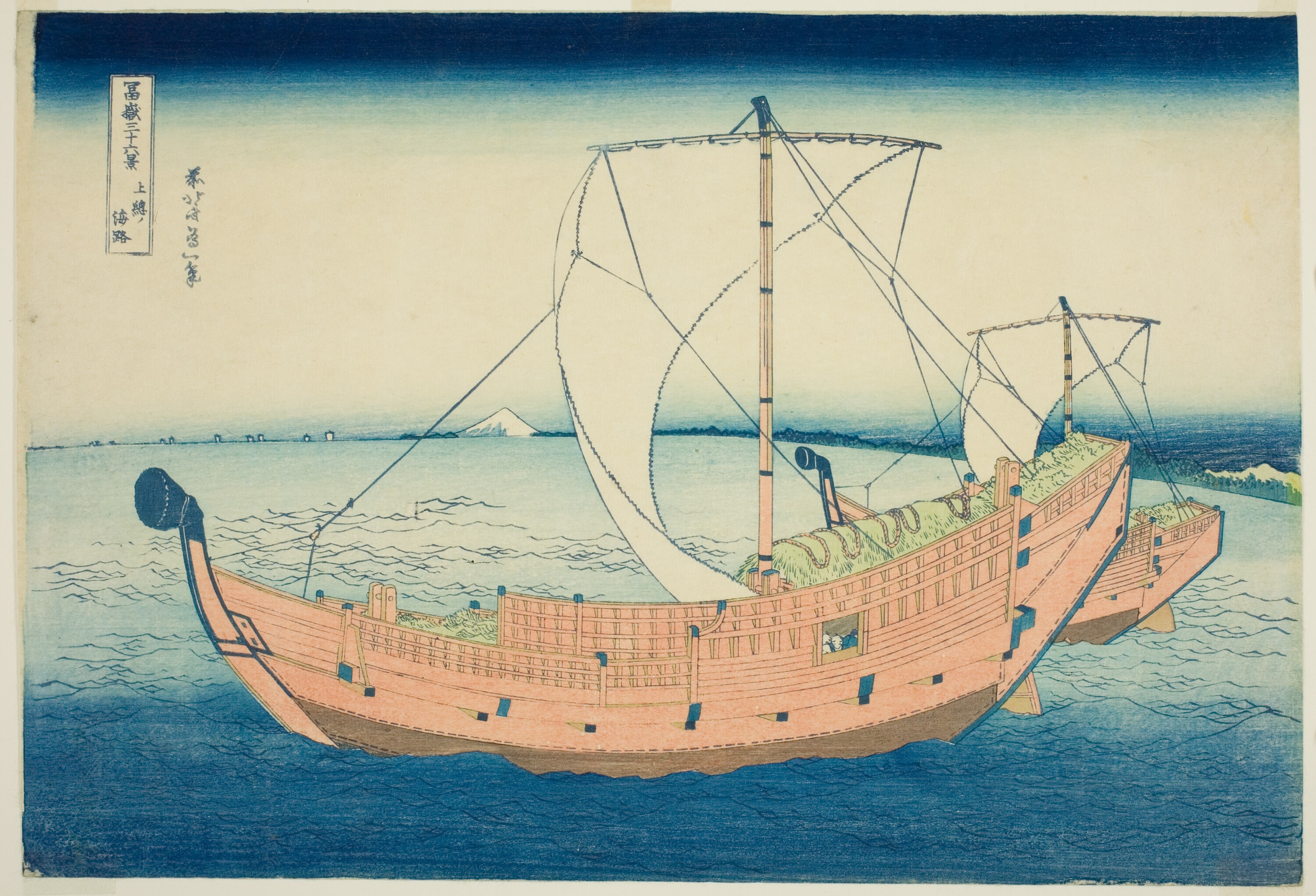
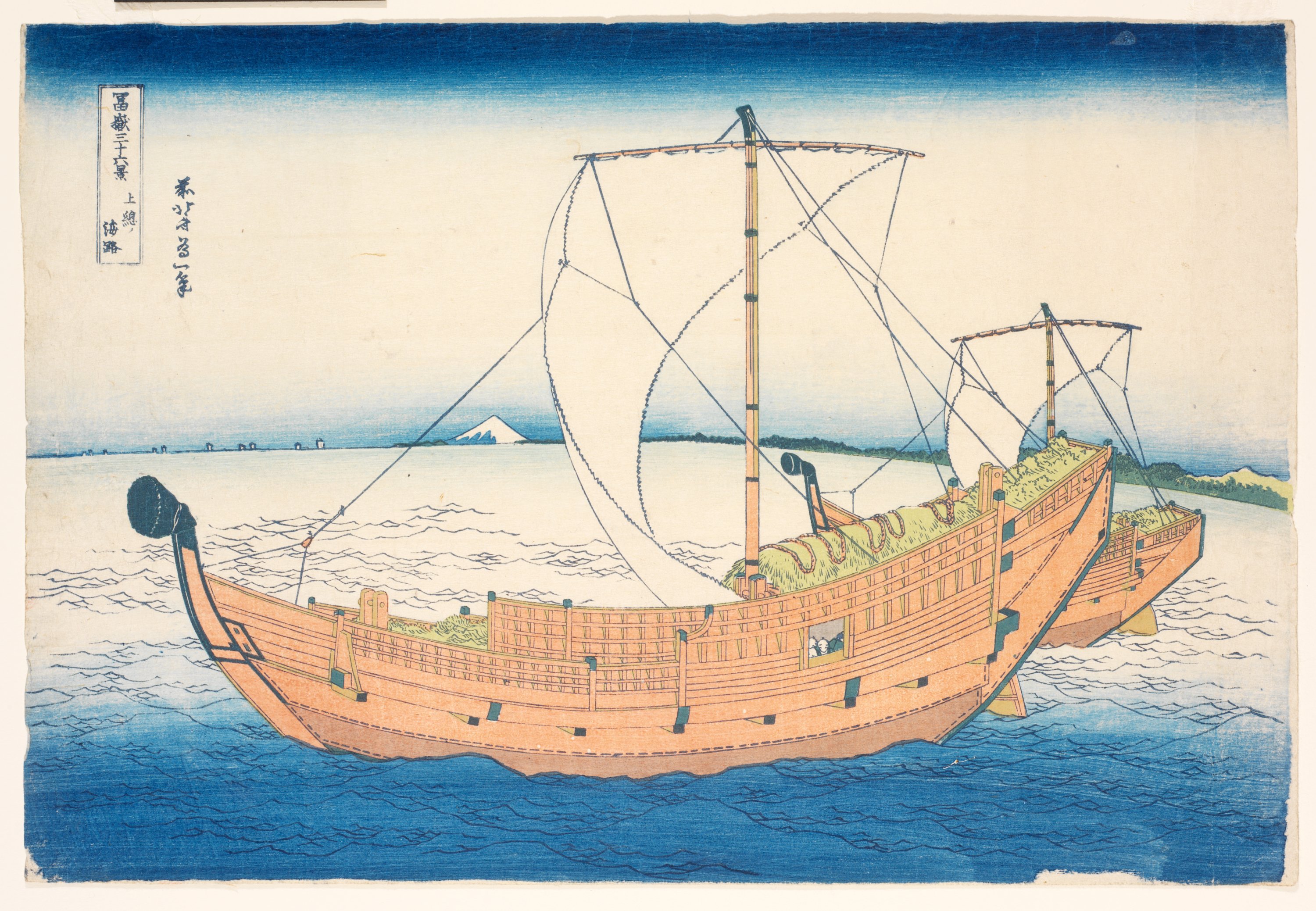
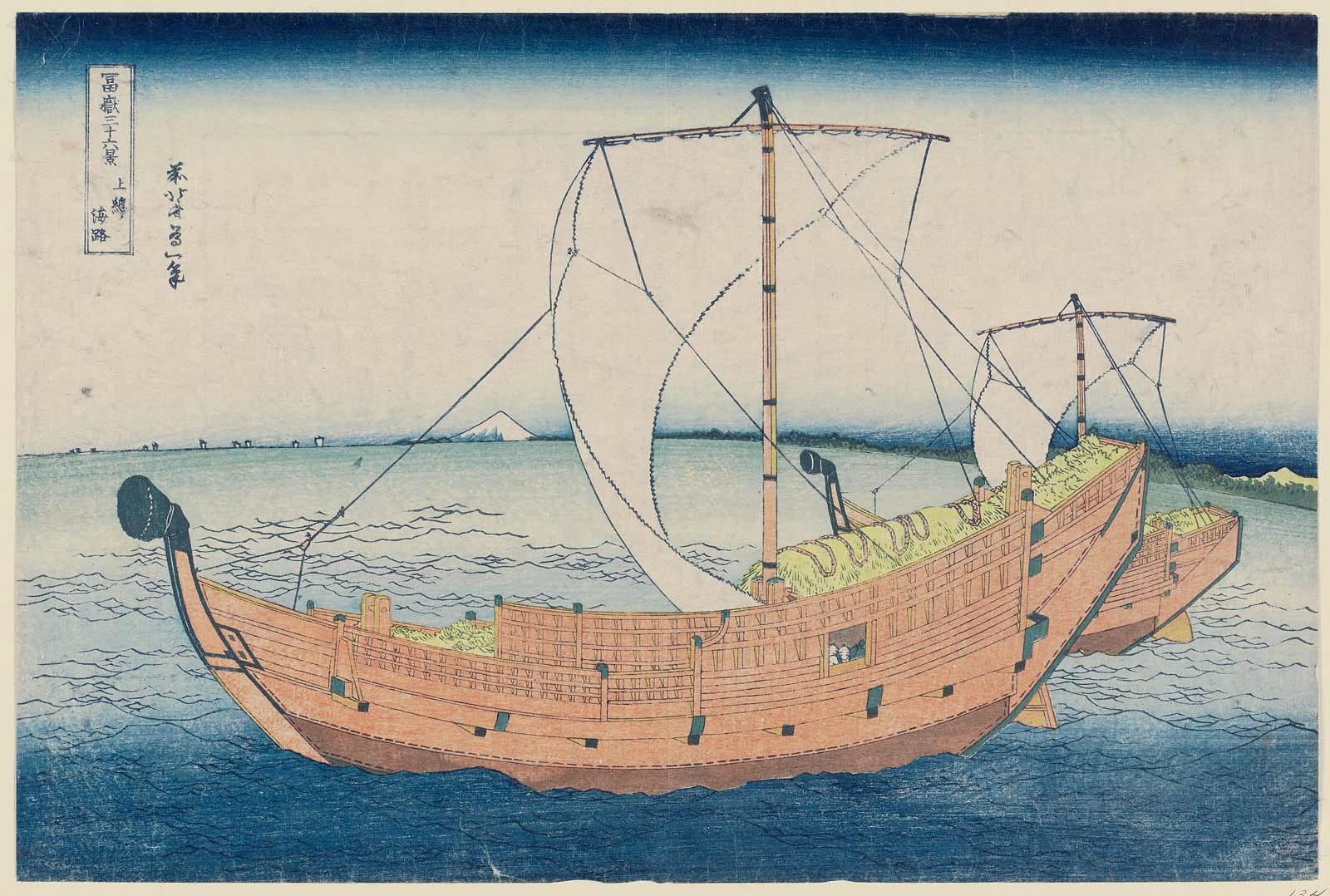
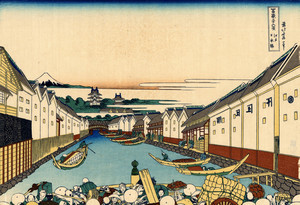
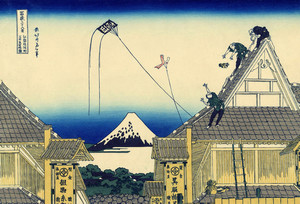
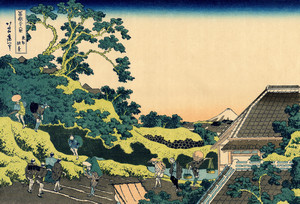
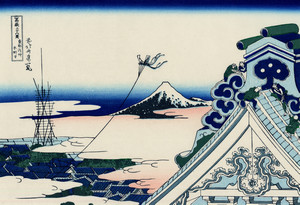
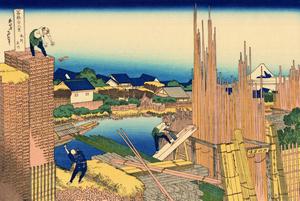
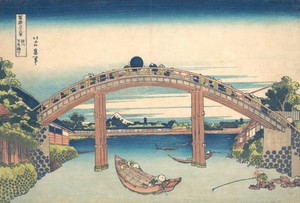
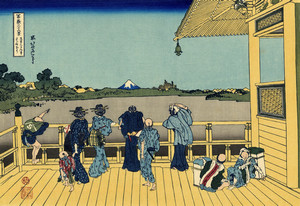
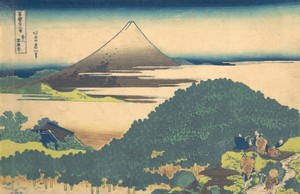
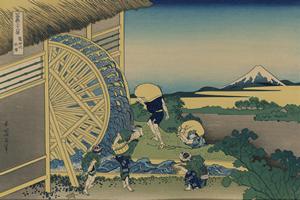
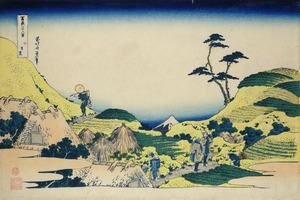
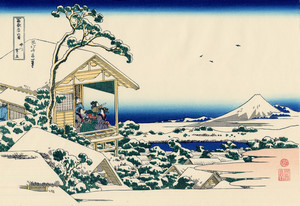
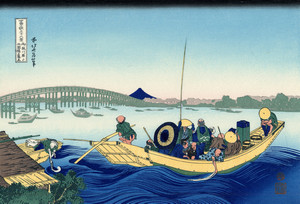
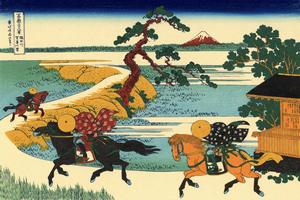
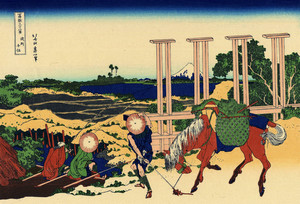
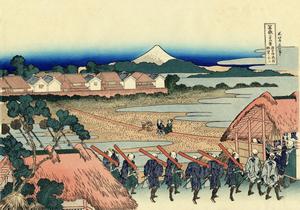
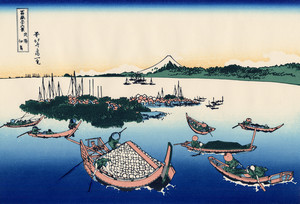
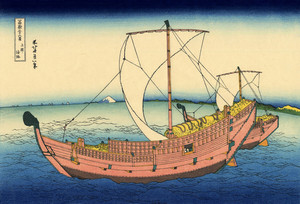
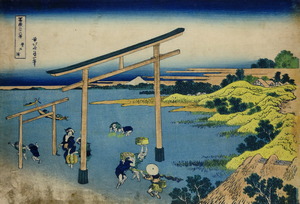
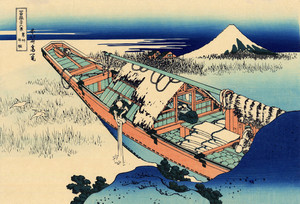
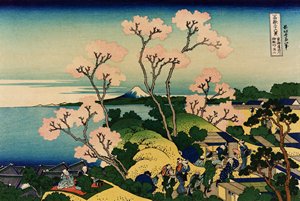
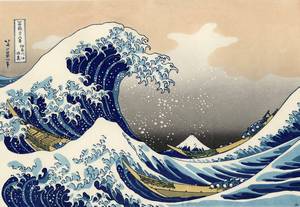
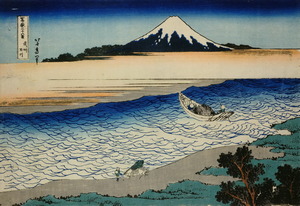
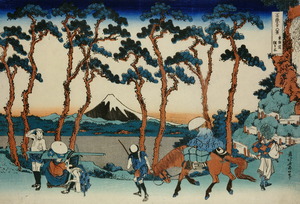
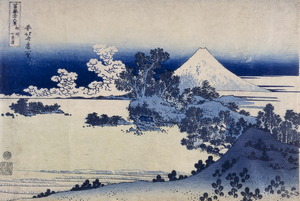
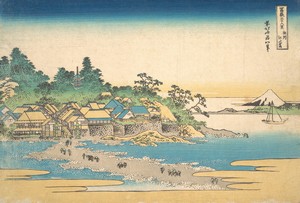
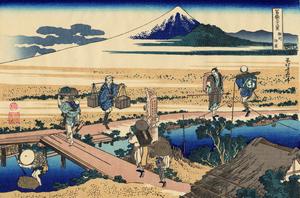
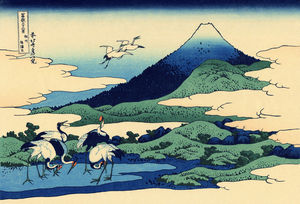
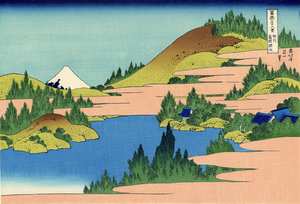
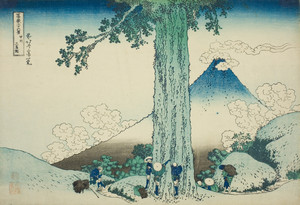
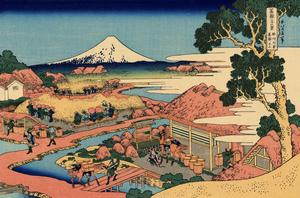
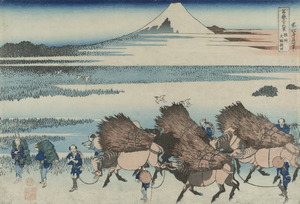
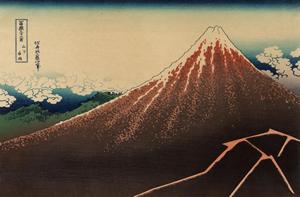
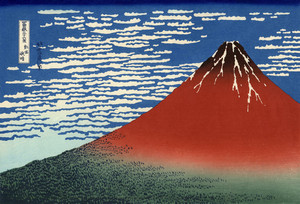
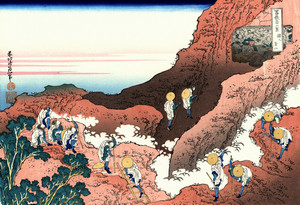
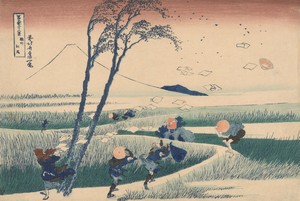
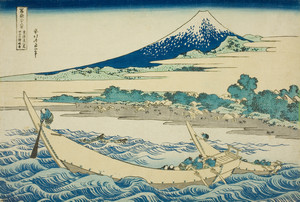
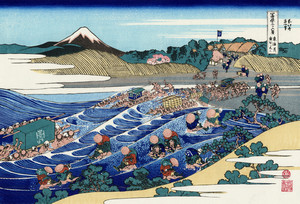
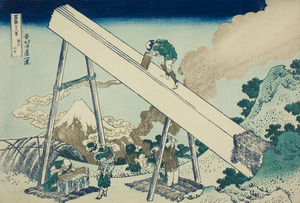
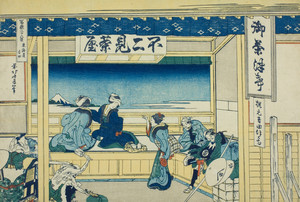
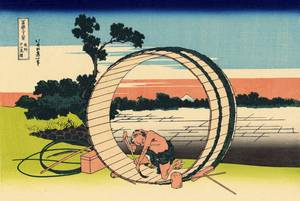
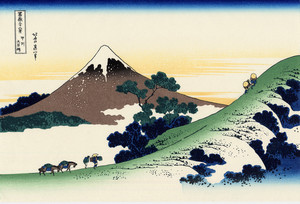
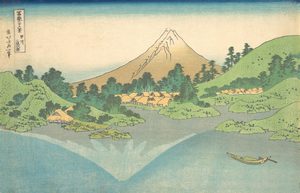
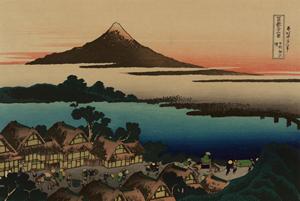
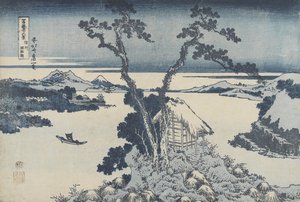
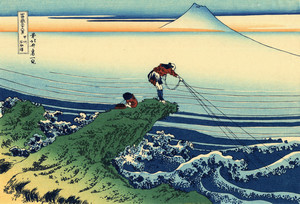
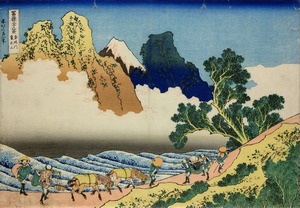





Комментарии
Добавить комментарий